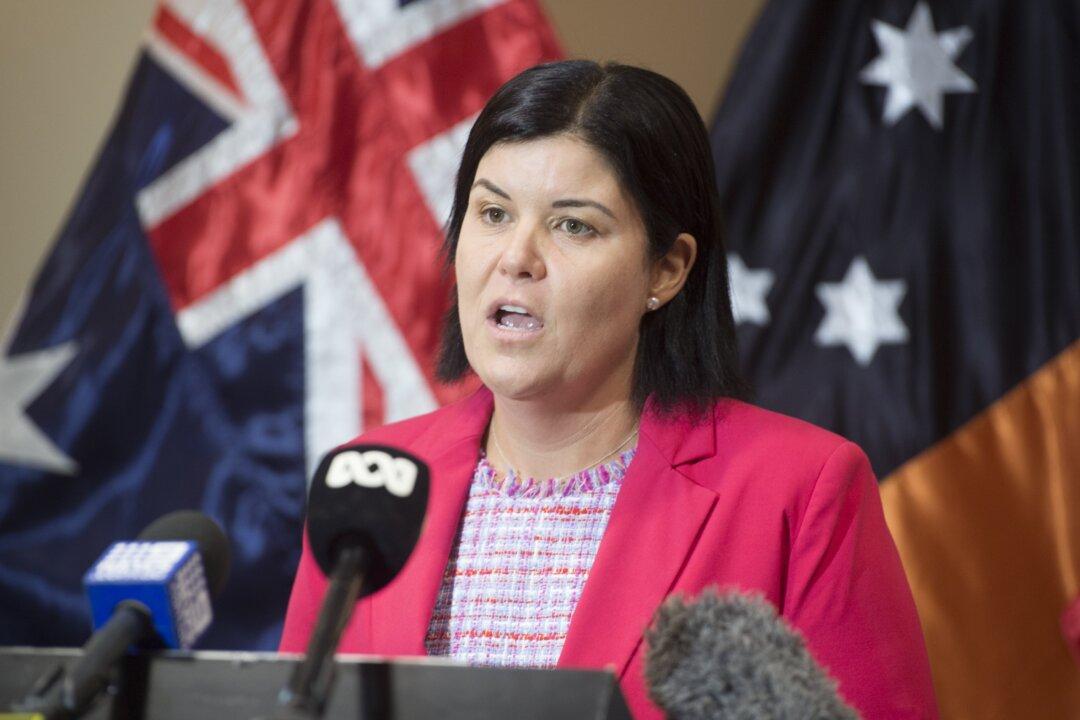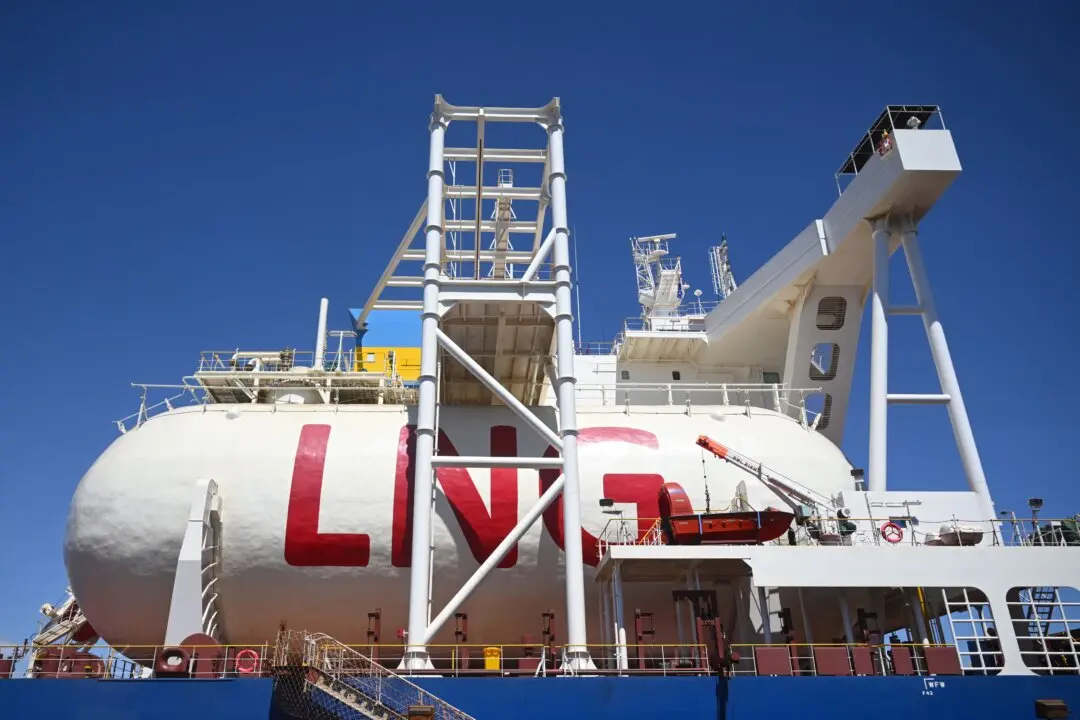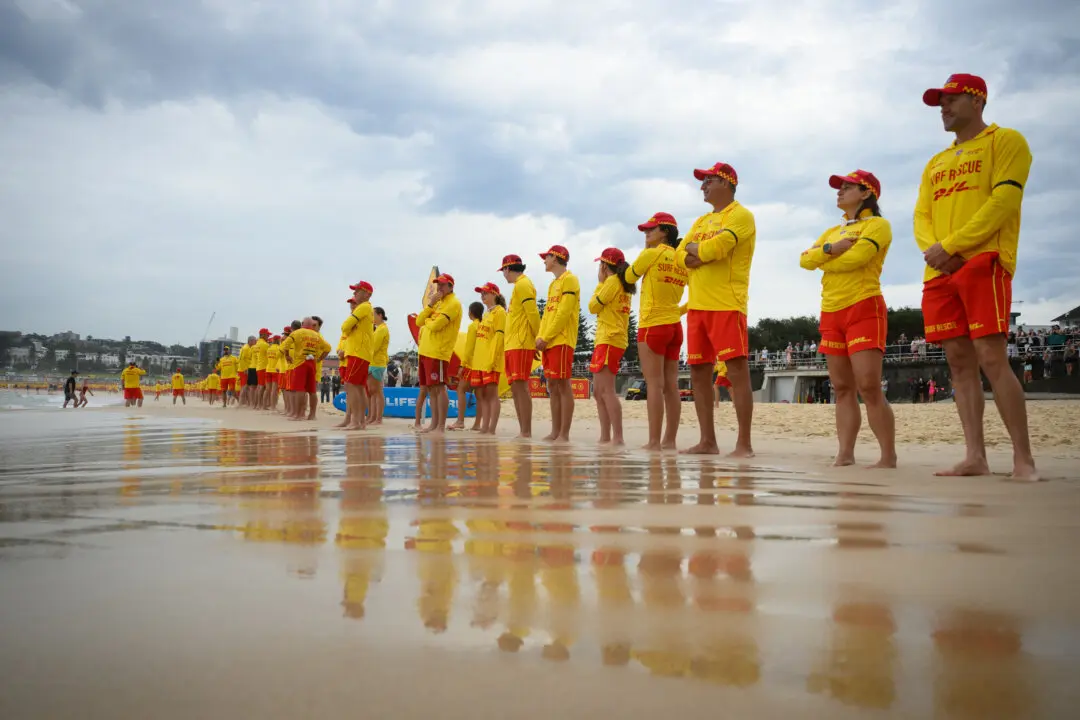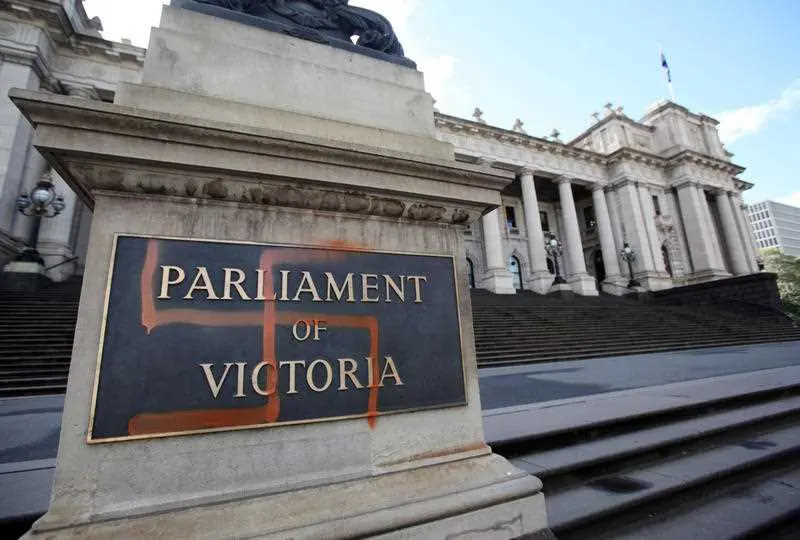Onshore fracking in the Northern Territory’s Beetaloo Basin could be underway as early as 2024 after the government lifted a five-year moratorium.
Chief Minister Natasha Fyles says the way has been cleared with all 135 recommendations from the 2018 Pepper inquiry implemented.





